Product innovation
In the post-pandemic era, both brands are refining their health and nutrition messaging to reflect evolving consumer priorities.
Zespri is emphasizing its fruit's high nutrient density, rich vitamin C, and low glycemic index. The brand is also doubling down on newer offerings like red kiwi fruit, rich in anthocyanins and folic acid, and designed to appeal to female consumers with specific nutritional needs.
"Consumers are looking for more than just freshness — they want products that improve their overall diet," said Li. "We want Zespri to be seen not just as a fruit brand, but as a nutritional solution."
Similarly, Driscoll's is focused on expanding the market for raspberries, blackberries and strawberries, in addition to its well-established blueberries.
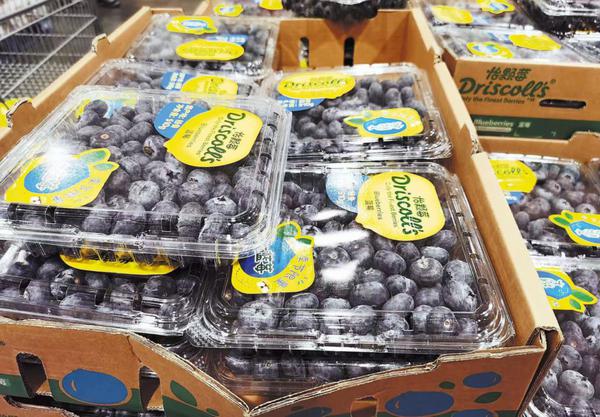
Driscoll's blueberries on sale at a Costco supermarket in Shanghai in October. CHINA DAILY
"Many Chinese consumers still associate Driscoll's solely with blueberries, but we are a multicategory brand," said Yoon. "For example, there's a 90 percent chance that if you've eaten a raspberry or blackberry in China, it was from us."
The brand is addressing two barriers in smaller cities: unfamiliarity with certain berry types and lack of retail availability.
"In many places, people either haven't tried these fruits or don't know where to buy them," Yoon said. "We aim to change that through targeted education and activation."
To break into new markets and increase product adoption, Driscoll's is leveraging co-branding and lifestyle-driven marketing strategies.
"In supermarkets, consumers may not proactively buy unfamiliar fruits," Yoon said. "That's why we've partnered with lifestyle brands like Blueglass to create new consumption contexts and recipes for products like raspberries and blackberries."
These collaborations are designed to introduce fruit consumption in everyday settings — from breakfast bowls and yogurt parfaits to smoothie blends — especially in regions where fruit consumption tends to be more traditional or seasonal, said the company.
Both brands highlight the role of China's improving agricultural logistics and supply chain infrastructure in enabling access to the broader market.
"Blueberries, for instance, are a delicate fruit with short shelf life and strict cold chain requirements," said Yoon. "A decade ago, these were only available in first-tier cities. Now, thanks to better logistics and consumer education, even smaller towns have access to fresh blueberries."
Driscoll's also found that the role it has played is helping domestic blueberry growers develop and expand the market.
"We've not only educated consumers, but also supported supply chain development and varietal cultivation," said Yoon.
The total blueberry output in China — the world's largest blueberry producer — reached about 780,000 metric tons in 2024, a 197 percent increase from 2020, driven by improved planting technology and rising market demand from Chinese consumers, said Wu Lin, chairman of the small fruit branch of the Chinese Society for Horticultural Science. Wu said that in 2024, China's blueberry cultivation area expanded to 1.44 million mu (95,381 hectares), up 44.38 percent from 2020.
Zespri echoed the importance of partnerships in scaling. "Our eight-year collaboration with Benlai has allowed us to serve an increasing number of corporate clients," said Li. "These partnerships are key to our strategy of turning premium fresh produce into standardized offerings fit for modern retail."






























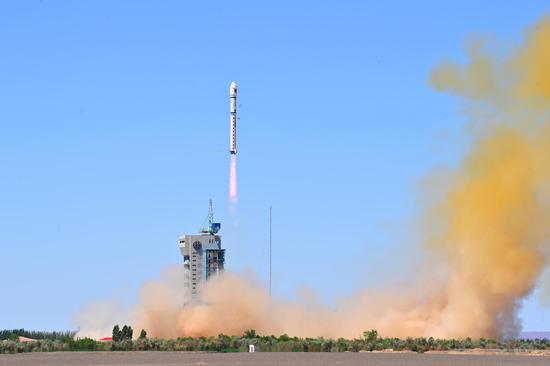


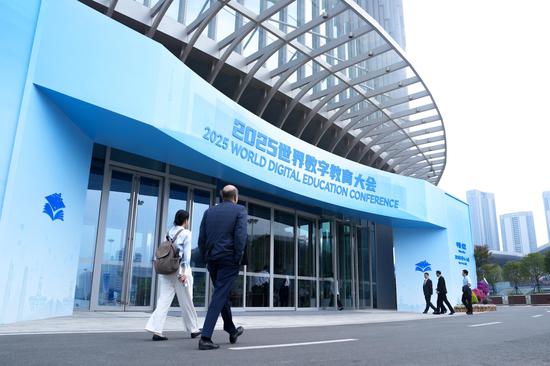




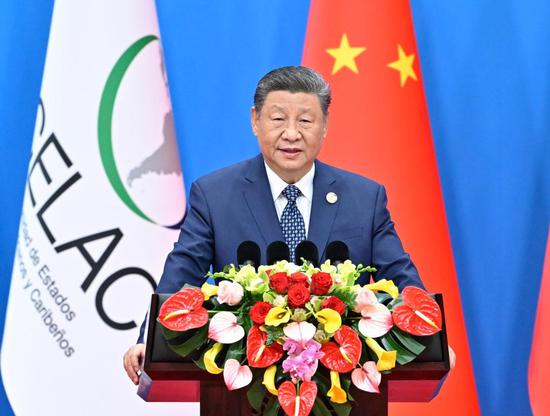







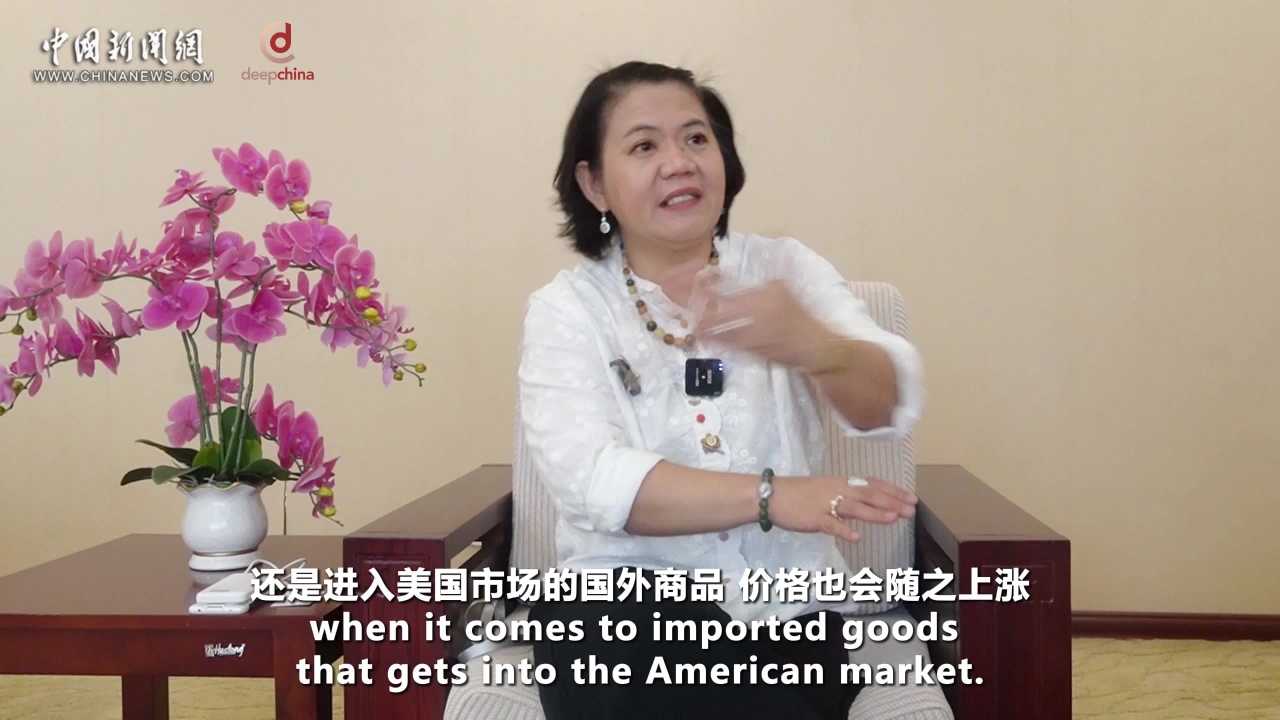



 京公網(wǎng)安備 11010202009201號(hào)
京公網(wǎng)安備 11010202009201號(hào)